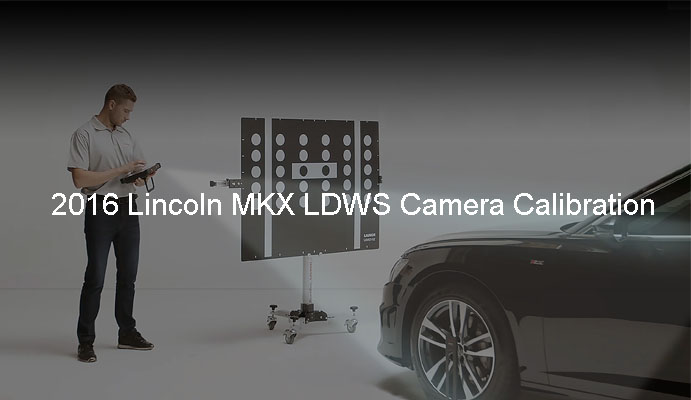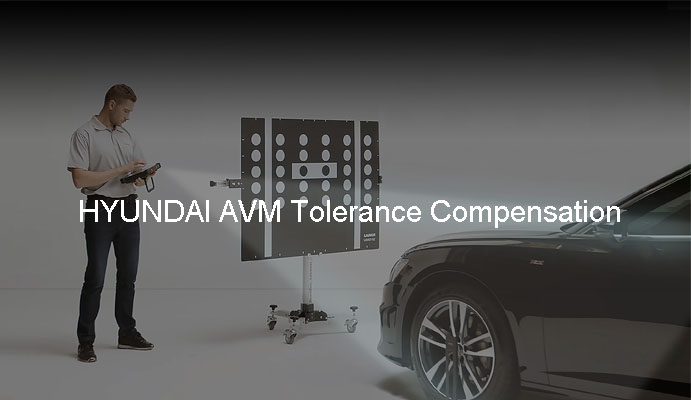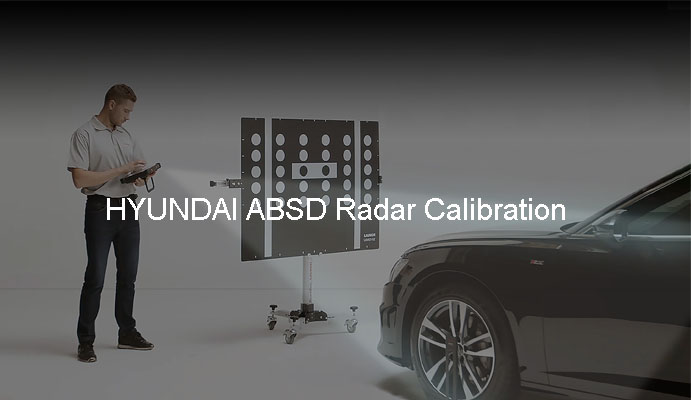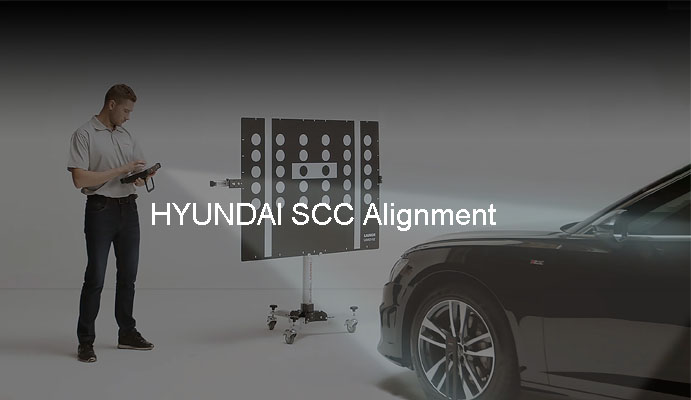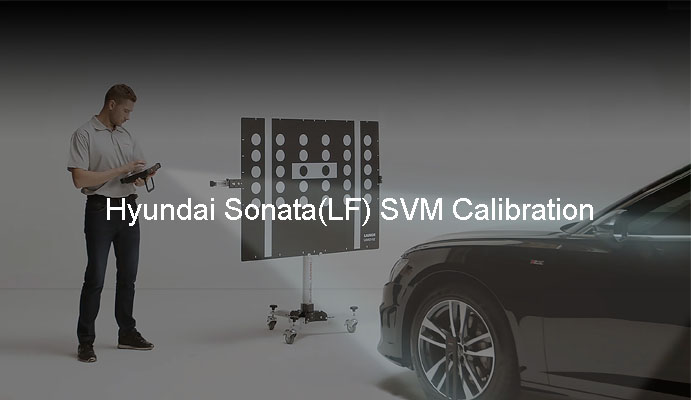For optimal automotive radar performance, calibration tools play a vital role in fine-tuning and calibrating the radar system. In this blog post, we'll explore the fundamental aspects of radar calibration, importance, and calibration tools.
Car radar calibration refers to the process of adjusting and fine-tuning the car's radar system to ensure accurate and reliable operation. It involves verifying and optimizing various parameters and components of the radar system to achieve precise detection, range measurement, and object tracking.
1. Safety enhancement: Calibration helps maintain the safety of the vehicle occupants and other road users. By ensuring the radar's accuracy, false positives and false negatives can be minimized. This reduces the risk of unnecessary alerts or potential failures in the ADAS system, providing a safer driving experience.
2. Optimal Performance of ADAS Features: Car radar calibration contributes to the optimal performance of various ADAS features. Calibration ensures that the radar system accurately measures the distance, speed, and relative motion of objects, enabling features such as adaptive cruise control, blind-spot detection, and lane-keeping assistance to function effectively. Reliable radar data enhances the overall performance and functionality of these safety-critical features.
3. Accuracy of Object Detection: Car radars are a critical component of advanced driver-assistance systems (ADAS) and autonomous driving technologies. Calibrating the radar ensures accurate and reliable object detection, allowing the system to identify and track vehicles, pedestrians, and other obstacles on the road. Accurate detection is essential for making timely decisions and triggering appropriate responses, such as automatic braking or collision warnings.
4. Maintenance and Longevity: Regular calibration of the car radar system contributes to its long-term maintenance and longevity. Calibration detects any deviations or drifts in the radar's performance, allowing for timely adjustments or necessary repairs. This proactive maintenance approach helps extend the lifespan of the radar system, reduces the risk of system failures, and minimizes costly repairs or replacements.
Automotive radar calibration is critical to maintaining the accuracy and reliability of radar systems. Automotive radar systems should be calibrated at specific intervals or under specific conditions to ensure optimum performance. Here are some situations where calibration is usually recommended:
1. Initial Installation: Calibration is necessary when installing a new radar system in a vehicle. This ensures that the radar is properly aligned, configured, and calibrated according to the manufacturer's specifications.
2. After Repairs or Component Replacement: If the radar system undergoes repairs or if any of its components are replaced, recalibration is necessary.
3. Significant Environmental Changes: Environmental factors can impact radar performance. If there are significant changes in environmental conditions, such as extreme temperature variations, heavy rain, or substantial changes in altitude, recalibration may be required to account for these factors.
4. Accidents or Collisions: If the vehicle is involved in an accident or collision that affects the radar system, calibration is necessary. Even minor collisions can potentially misalign or damage radar components, requiring recalibration to restore accurate performance.
5. Routine Maintenance: Regular calibration is essential as part of routine maintenance to maintain the accuracy and reliability of the radar system. Manufacturers often provide recommended intervals for calibration, and adhering to these intervals helps ensure consistent performance over time.
It is worth noting that different radar systems and vehicle manufacturers may have varying calibration requirements and guidelines. Therefore, it is advisable to consult the vehicle's documentation or contact the manufacturer directly for specific calibration recommendations for a particular automotive radar system.
Car radar calibration tools are specifically designed for calibrating and fine-tuning the radar systems installed in vehicles. Here are some common types of car radar calibration tools:
Target Boards: Target boards consist of reflective panels or surfaces with specific patterns or markers. These boards are positioned at known distances from the vehicle's radar sensors. By analyzing the radar returns from these target boards, the radar system can calibrate and optimize its range and distance measurements.
Corner Reflectors: Corner reflectors are passive devices that reflect radar signals back towards the radar system. They help assess the radar's alignment, beam pattern, and antenna characteristics. Corner reflectors generate strong and well-defined echoes, enabling the radar system to verify its calibration and performance.
Calibration Targets: Calibration targets are specialized objects designed with specific reflective properties and dimensions. These targets provide a standardized reference for the radar system to calibrate its detection and tracking algorithms. They assist in assessing the radar's accuracy, precision, and resolution for object detection.
Radar Calibration Software: Car radar systems often come with dedicated software that allows for calibration and configuration adjustments. This software provides a user interface to modify various parameters, such as detection thresholds, filtering options, and range settings. It may also include diagnostic tools for analyzing radar performance and validating calibration results.
Antenna Alignment Tools: Antenna alignment tools help in aligning the radar's antenna to achieve optimal coverage and minimize sidelobes. These tools can include alignment targets, laser-based alignment devices, or specialized fixtures that assist in adjusting the antenna position and orientation.
Doppler Simulators: Doppler simulators generate simulated Doppler-shifted signals that mimic the behavior of moving objects. They are used to verify the accuracy and sensitivity of the car radar's Doppler processing algorithms. By comparing the simulated Doppler signals with the radar's measurements, the system's Doppler calibration can be validated and adjusted if necessary.
Automotive radar calibration tools are critical to ensuring the accuracy, reliability and peak performance of your radar system. Choosing a good tool is conducive to the accuracy of automotive radar calibration, saving time and money.
Return
